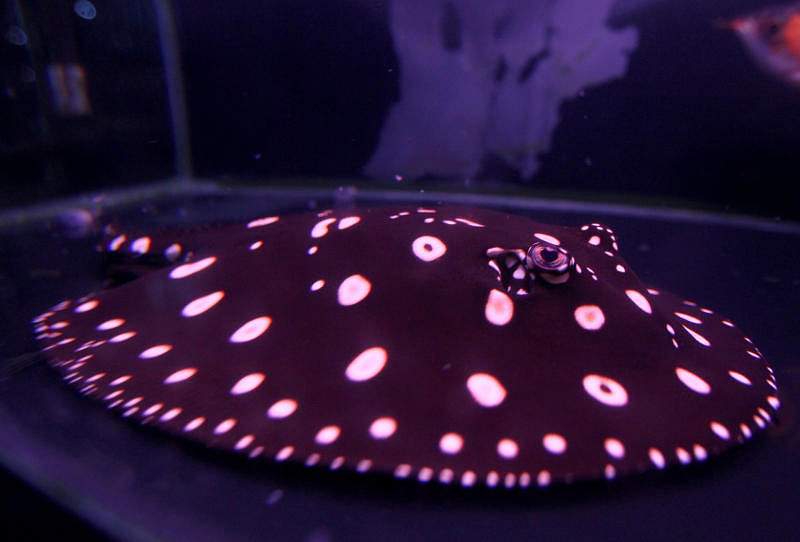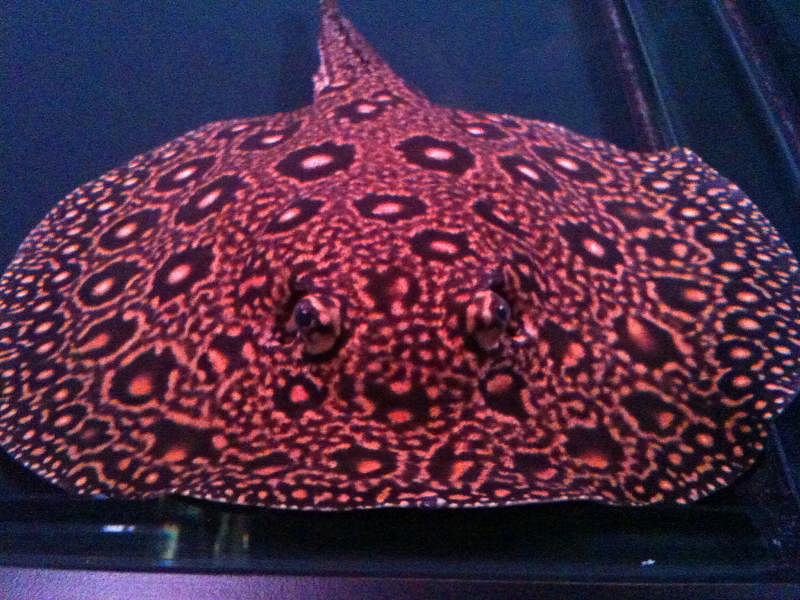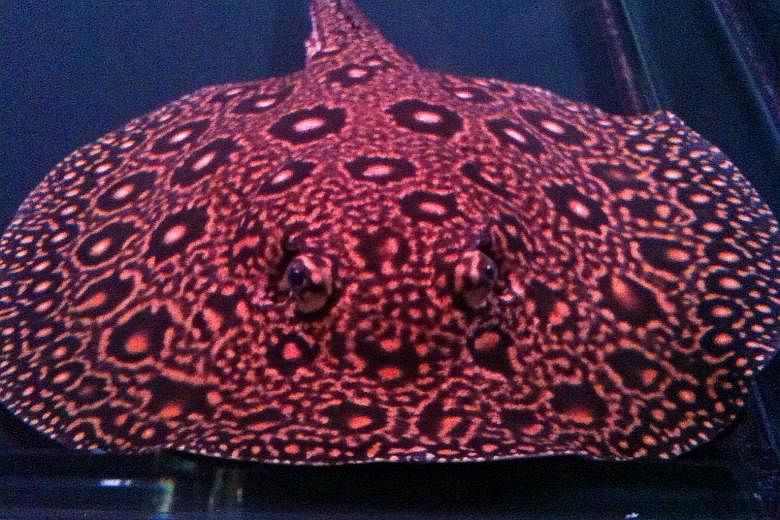SINGAPORE - Mention "stingray", and "grilled with sambal" springs to mind. But the fancy freshwater fish has a cult following among some aquarists.
On Wednesday (Sept 20), a Singaporean man was charged in court over the release of three venomous motoro stingrays into Lower Seletar Reservoir. Larry Tan Chin Guan, now 48, intends to plead guilty to his offence.
Here are some facts about the ornamental stingray:
1. It has cartilaginous skeleton
With its flat, round body, it resembles a graceful, gliding disc. Like its relatives, the skate and the shark, it has a skeleton made of cartilage rather than bone.
2. It is an emerging status symbol

Clothed in striking patterns such as stark white spots on black or tiger stripes, the fish is growing in popularity here. Some consider it a status symbol.
It does not come cheap: A single fish can go for hundreds of dollars or a five-figure price, with one fancier reportedly paying $200,000 for a single specimen. Price varies according to breed, quality and size.
3. It is massive, carnivorous and poisonous

Many species are native to South America, and some are giants. Species popular in the aquarium trade can grow huge, measuring more than 1m across their discs.
It is a carnivorous fish, it feeds on small fish, worms and crustaceans.
Much like its saltwater cousin that killed Australian conservationist Steve Irwin, it is capable of defending itself. The fish is armed with venom that it can inject through a sting at the base of its tail.
4. It has started breeding in Singapore waters
It is one of many tropical species which have invaded reservoirs and waterways, alongside giant snakeheads, arowana and peacock bass. These alien fish species, many of which have been released by people sick of their former pets, are crowding out native species.
First spotted here in the wild almost 20 years ago, it took root in Singapore waters at least seven years ago, and has started breeding. Generally shy, it will attack only if it feels threatened, but could injure people wading in the water if stepped on.

